
Ingredient
Licorice flavour
The Sweet and Bold Essence of Licorice
Licorice flavor is characterized by its intense sweetness with hints of anise and a slightly bitter undertone. It has a bold and robust taste that can be described as both earthy and herbal. The flavor is often associated with black licorice candies and is commonly used in beverages, confectionery, baked goods, and savory dishes. Its deep black color adds visual appeal to dishes, while its strong aroma enhances the overall sensory experience.
Origins and history
Licorice flavor originates from the root of the licorice plant, Glycyrrhiza glabra, which is native to the Mediterranean and parts of Asia. It has a rich historical background, dating back to ancient civilizations such as the Egyptians, Greeks, and Romans, who used it for its medicinal properties and as a flavoring agent. Licorice flavor has been an integral part of traditional Chinese medicine for centuries and is also deeply rooted in European and Middle Eastern cuisines.
Nutritional information
Licorice flavor is primarily used as a flavoring agent and does not contribute significant nutritional value on its own.
Allergens
Licorice flavor may contain traces of gluten, as some licorice products use wheat flour as a binding agent. Individuals with gluten sensitivities or allergies should exercise caution when consuming licorice-flavored products.
How to select
When purchasing licorice-flavored products, look for reputable brands that use natural licorice extract or real licorice root in their ingredients. Avoid products that contain artificial flavors or excessive amounts of added sugars. Additionally, check for any specific certifications or quality seals that ensure the authenticity and purity of the licorice flavor.
Storage recommendations
To maintain the freshness and quality of licorice flavor, store it in a cool, dry place away from direct sunlight. It is best to keep it in an airtight container to prevent moisture absorption and flavor degradation.
How to produce
Licorice flavor is typically produced by extracting the essence from licorice root through a process of boiling, filtering, and concentrating the liquid. This extraction can be done on a small scale at home by simmering licorice root in water and reducing the liquid until a concentrated flavor is achieved.
Preparation tips
Licorice flavor can be used in various forms, such as extracts, powders, or syrups. It is commonly used to flavor beverages like teas, cocktails, and sodas. In baking, it adds a distinct taste to cakes, cookies, and candies. Licorice flavor can also be incorporated into savory dishes like sauces, marinades, and glazes for a unique twist. When using licorice flavor, start with a small amount and gradually adjust to achieve the desired intensity, as it can easily overpower other flavors.
Substitutions
Anise extract or fennel seeds can be used as suitable substitutes for licorice flavor, as they share similar anise-like notes and can provide a comparable taste profile.
Culinary uses
Licorice flavor is commonly used in a variety of culinary applications. It is a key ingredient in licorice candies, such as licorice twists and black jelly beans. Licorice-flavored syrups are often added to beverages like root beer and herbal teas. In baking, licorice flavor can be used to enhance the taste of cookies, cakes, and ice creams. It is also used in savory dishes like Chinese stir-fries, Middle Eastern stews, and Scandinavian dishes.
Availability
Licorice flavor is widely available in both specialty stores and mainstream supermarkets worldwide. It is commonly used in various cuisines, including European, Middle Eastern, Asian, and American.
More ingredients from this category » Browse all
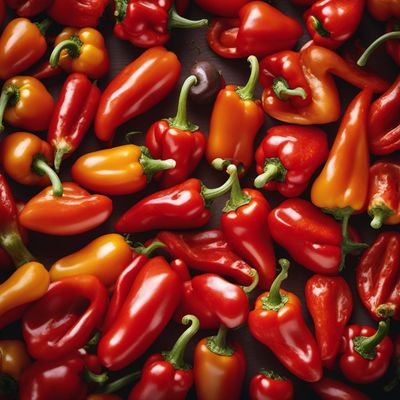
Pepper flavour
The Fiery Essence: Exploring the World of Pepper Flavour

Ham flavour
Unlocking the Essence of Smoky Delight

Ketchup flavour
Tangy Tomato Twist: Exploring the World of Ketchup Flavour
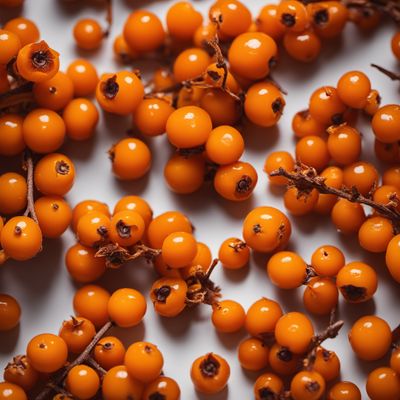
Sea buckthorn flavour
The Tangy Elixir

Mango flavour
The Tropical Temptation of Mango Flavour

Pumpkin flavour
The Enchanting Essence: Pumpkin Flavour
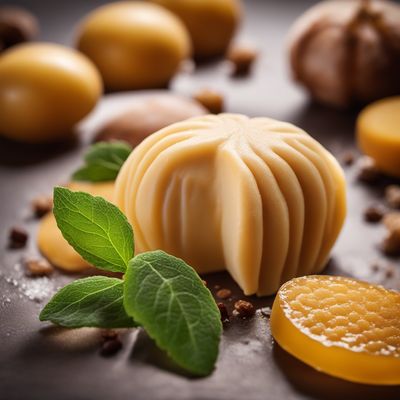
Marzipan flavour
The Sweet Almond Symphony
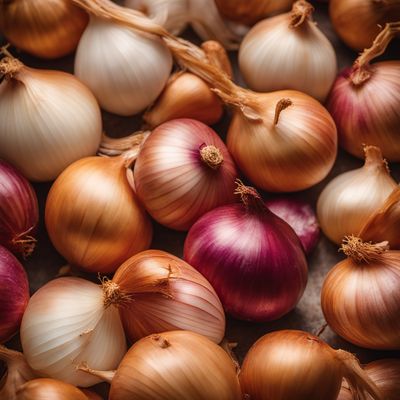
Onion flavour
"The Versatile Essence: Unleashing the Power of Onion Flavour"

Sultanas flavour
The Sweet Essence: Sultanas Flavour
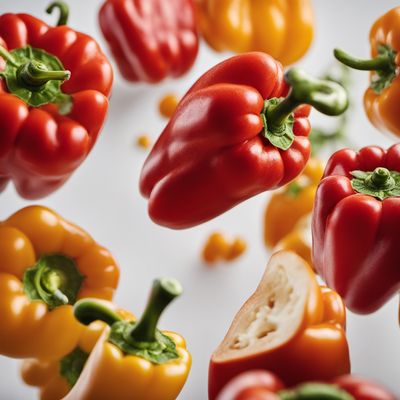
Capsicum flavour
The Fiery Essence: Capsicum Flavor

Wasabi flavour
"The Fiery Elixir: Unleashing the Power of Wasabi Flavour"

Honey flavour
The Sweet Essence of Nature